Deck & Commander Strategies
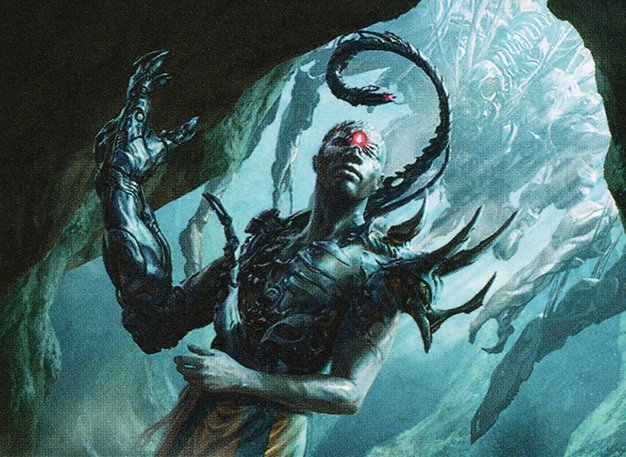
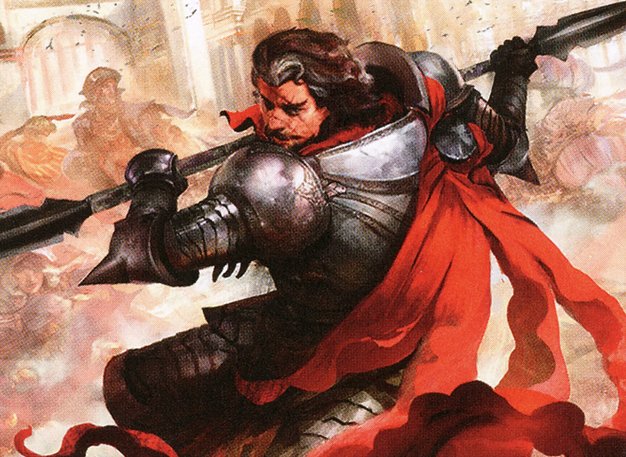
Ich-Tekik, Salvage Splicer & Livio, Oathsworn Sentinel
A synergistic approach focusing on artifact and creature interactions, ramping quickly with mana accelerants and generating value through creatures like Wall of Omens and equipment. The deck aims to stabilize early and leverage powerful midgame plays with cards like Great Henge.
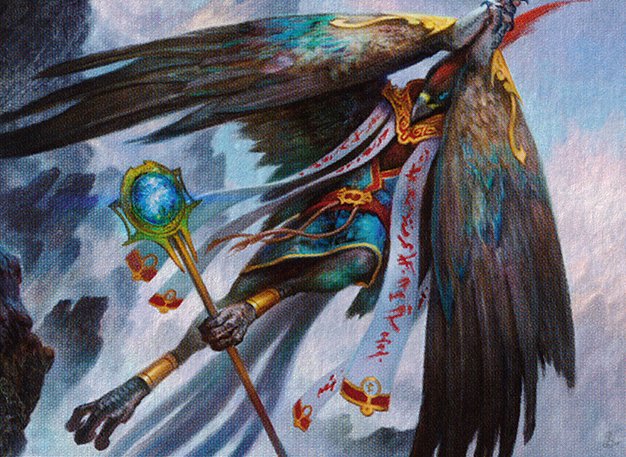
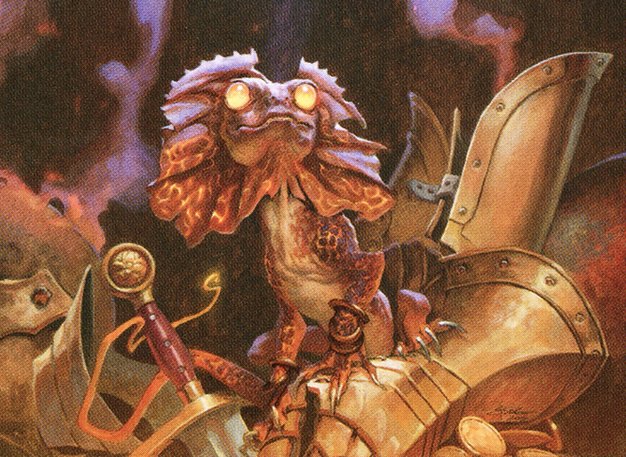
Ishai, Ojutai Dragonspeaker & Kediss, Emberclaw Familiar
Aggressive and reactive with a focus on equipment synergy and combat damage triggers. Utilizing Sword of Fire and Ice and other combat tricks, this deck pressures opponents while maintaining control through efficient creatures and removal.
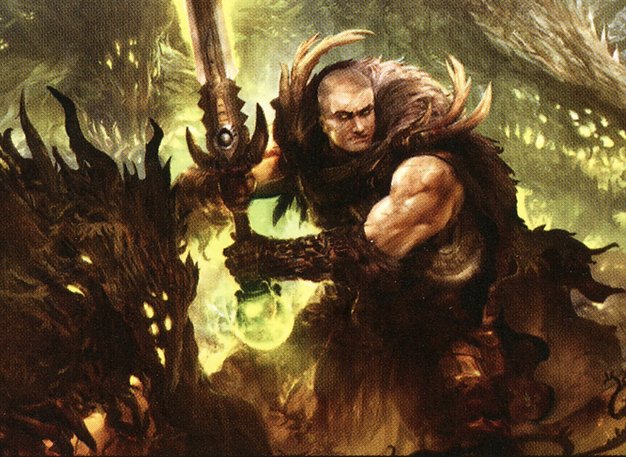

Tana, the Bloodsower & Kamahl, Heart of Krosa
Token generation and combat enhancement. Tana creates saprolings which Kamahl buffs, creating a wide board presence that can overwhelm opponents. The deck balances aggression with resilience through life gain and board presence.
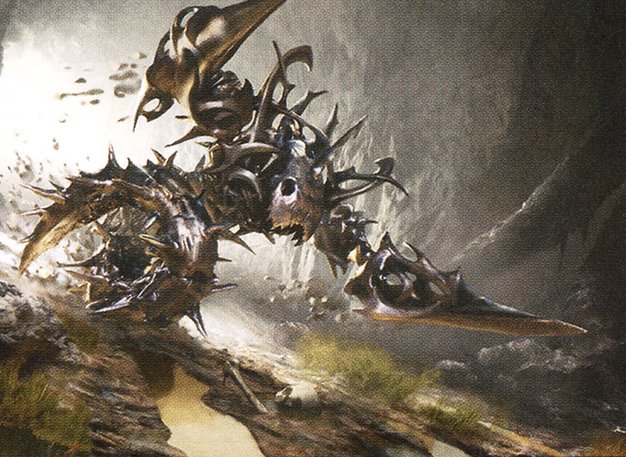
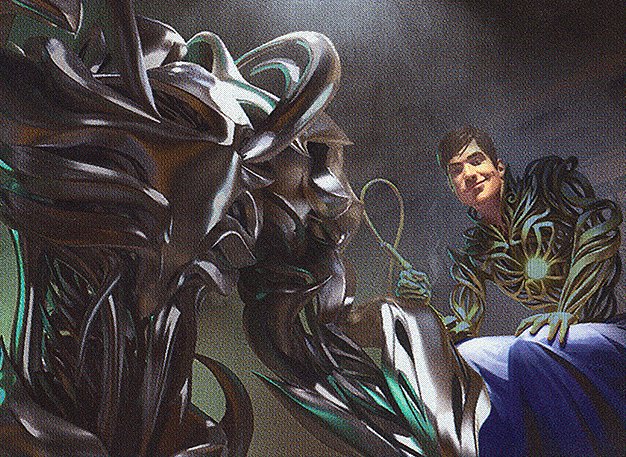
Silas Renn, Seeker Adept & Armix, Filigree Thrasher
Equipment-centric tempo deck that uses Silas Renn's ability to re-equip and recur artifacts, paired with Armix's aggressive combat style to apply pressure. The deck focuses on efficient equipment deployment and maintaining tempo through combat.
Gameplay Insights
- 1
The use of Single Combat to force massive board wipes on creatures and planeswalkers created a significant tempo shift and board reset.
- 2
Equipping and protecting commanders with equipment like Nimrock Stealth Suit and Swiftfoot Boots was crucial to maintaining board presence and enabling aggressive attacks.
- 3
Players leveraged ramp cards such as Wood Elves and Soul Ring to accelerate their game plan, enabling earlier deployment of key threats and combos.
- 4
The Great Henge provided continuous card draw and life gain, which was pivotal in sustaining through opponent aggression and maintaining resource advantage.
- 5
The interaction between Tana’s saproling production and Kamahl’s buffing ability created a threatening board state that demanded attention from all opponents.
- 6
Armix’s aggressive attacks forced opponents into difficult defensive positions, leveraging equipment synergy to maximize damage output.
Notable Cards
-
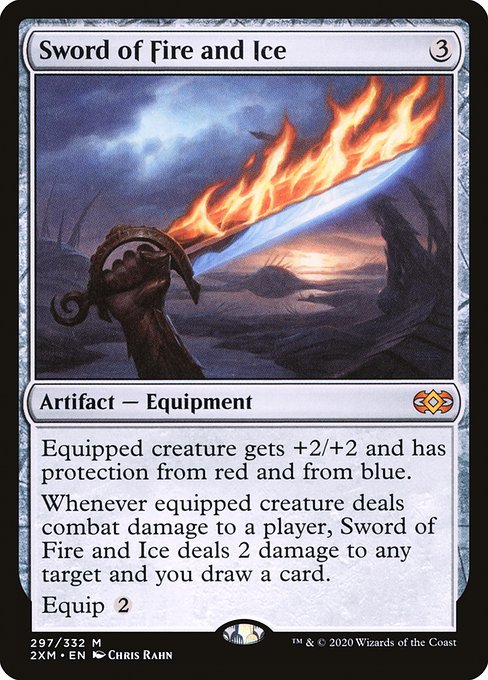
Sword of Fire and Ice
-

Wall of Omens
-
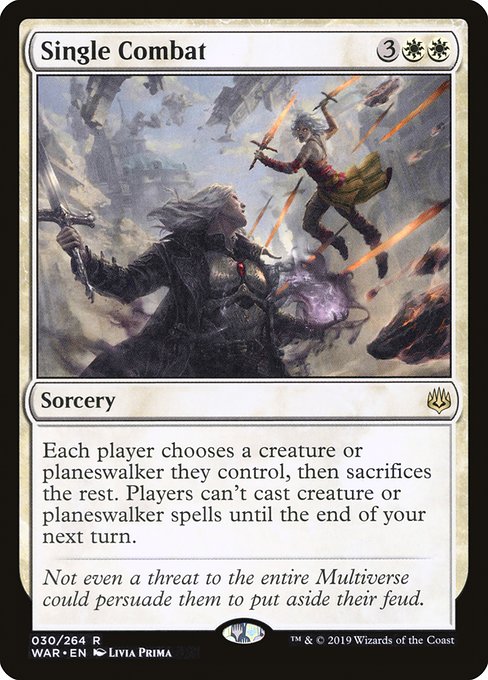
Single Combat
-

Swiftfoot Boots
-
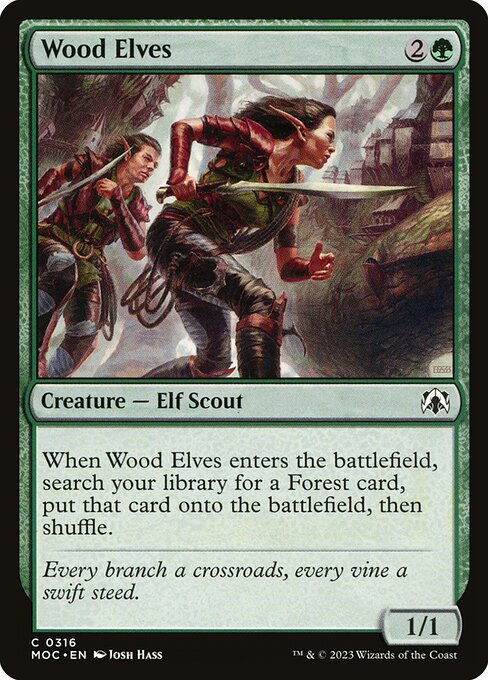
Wood Elves
-
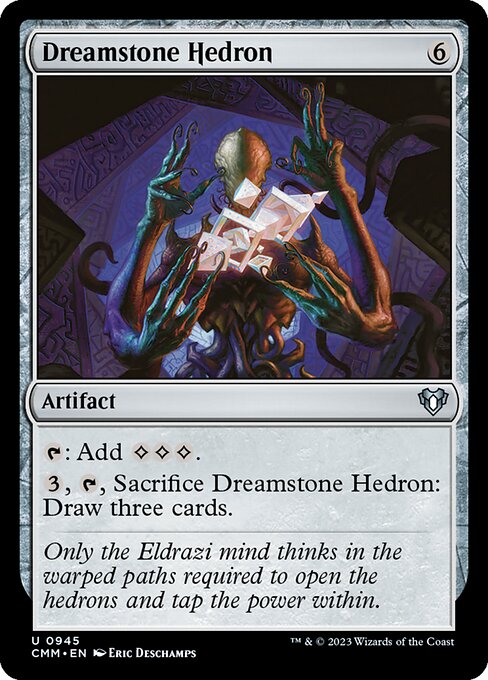
Dreamstone Hedron
Gameplay Summary
The game began with each player selecting commanders through a unique White Elephant draft mechanic, which added an exciting layer of unpredictability to the Commander format.
Players assembled decks around partner commanders such as Ich-Tekik, Salvage Splicer paired with Livio, Oathsworn Sentinel, Ishai, Ojutai Dragonspeaker with Kediss, Emberclaw Familiar, Tana, the Bloodsower with Kamahl, Heart of Krosa, and Silas Renn, Seeker Adept with Armix, Filigree Thrasher.
Early turns focused on ramp and setup, with players deploying mana accelerants like Wood Elves, Soul Ring, and various lands to stabilize their mana bases.
Key plays included casting Wall of Omens and Sword of Fire and Ice, providing both card advantage and removal options. Midgame saw significant board interactions, including a pivotal moment where a player cast Single Combat, forcing all but one creature or planeswalker per player to be sacrificed, dramatically shifting board states.
Players leveraged equipment like Nimrock Stealth Suit and Swiftfoot Boots to protect and enhance their commanders.
Armix’s aggressive attacks pressured opponents, while Tana and Kamahl generated saproling tokens that synergized with their deck's theme.
The Great Henge played a crucial role in maintaining card advantage and life gain throughout the game.
Despite multiple attacks and strategic plays involving creatures and equipment, the game maintained a tense balance with players carefully managing resources and interactions, aiming to outlast each other in this dynamic multiplayer setting.





































![All Cards Under $5 [Commander VS] | Magic: The Gathering Commander Gameplay thumbnail](https://i.ytimg.com/vi/Xi9iE_MQZu8/sddefault.jpg)































![Herumkommandiert #07 | EDH Commander Gameplay [Deutsch] thumbnail](https://i.ytimg.com/vi/3ZrvBfp1e9w/sddefault.jpg)


